The National Trust for Scotland plans to reopen historic cottage to the public in 2025
Moxon Architects has restored the Royal Picnic Cottage on the Mar Lodge Estate, a property once frequented by Queen Victoria during her Balmoral holidays.
Situated within Britain’s largest National Nature Reserve, the project aims to safeguard this Category C listed structure for future generations. Originally built around 1850, the granite cottage has been removed from Scotland’s Buildings at Risk Register following conservation efforts.
The restoration used locally sourced materials and revived the cottage’s original architectural elements, including timber twig detailing and larch roof shingles, a rarity in Scotland.
Andrew MacPherson, director of Moxon Architects, stated, “As an architecture practice deeply invested in the region’s heritage, we have proudly worked with The National Trust for Scotland to preserve a significant piece of local heritage on the Mar Lodge Estate.” He added that the approach was one of minimal yet durable interventions to withstand the remote and challenging climate.
Structural repairs included lime mortar repointing, harling of the walls, and the installation of conservation rooflights. The interior now features new timber flooring and restored fireplaces, with original roof timbers hand-oiled to a dark finish. Historic survey drawings helped guide the sympathetic reinstatement of the wooden porch, once a prominent feature of the cottage.
David Frew, Head of Mar Lodge Estate for the National Trust for Scotland, noted the cottage’s historical significance: “Our archival research and archaeological survey showed that there used to be a porch on the property, and we have tried to reinstate this sympathetically with the help of our architects Moxon.”
He also highlighted the property’s royal connection, stating, “The building is a fascinating look back at how the royals used to spend their free time, and we’re incredibly proud to see it restored.”
Set to reopen in 2025, the cottage will feature informational displays and custom furniture, inviting visitors to experience its 19th-century character amidst the surrounding woodland. The restoration was supported by funding from the NTS USA Foundation.










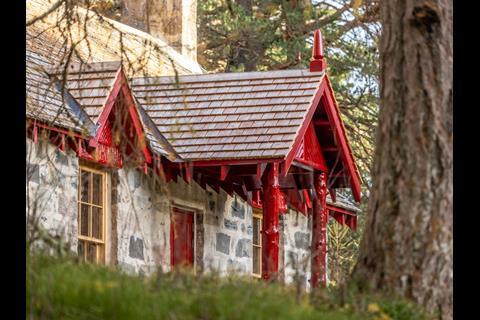
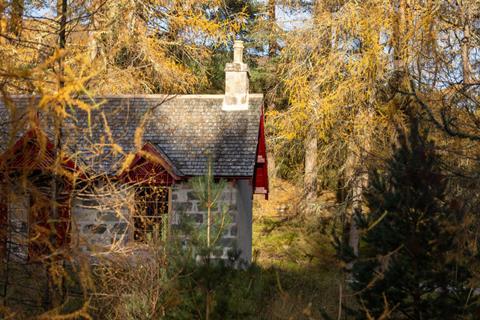

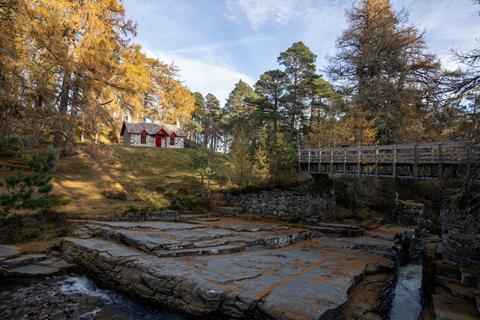

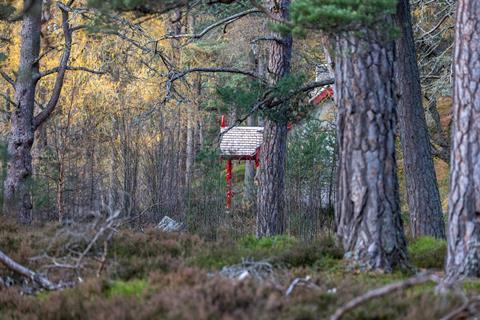
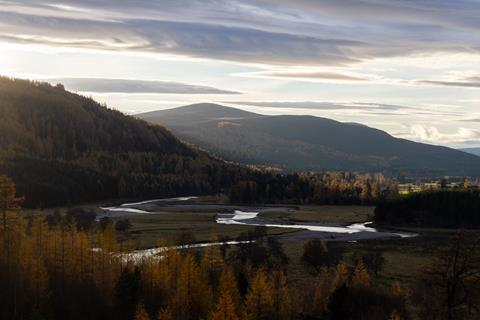
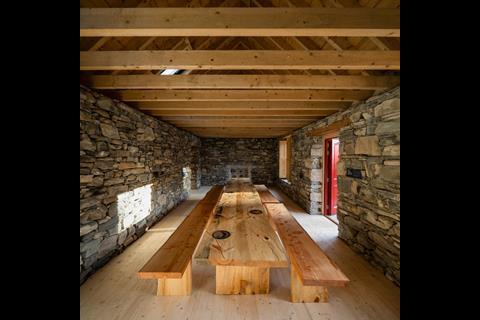
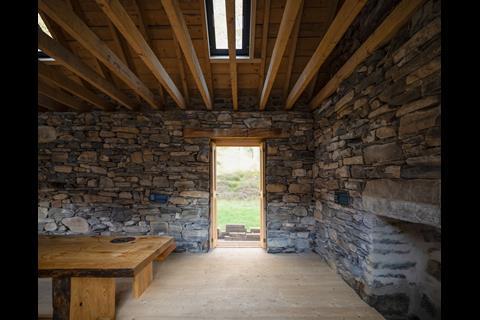







No comments yet